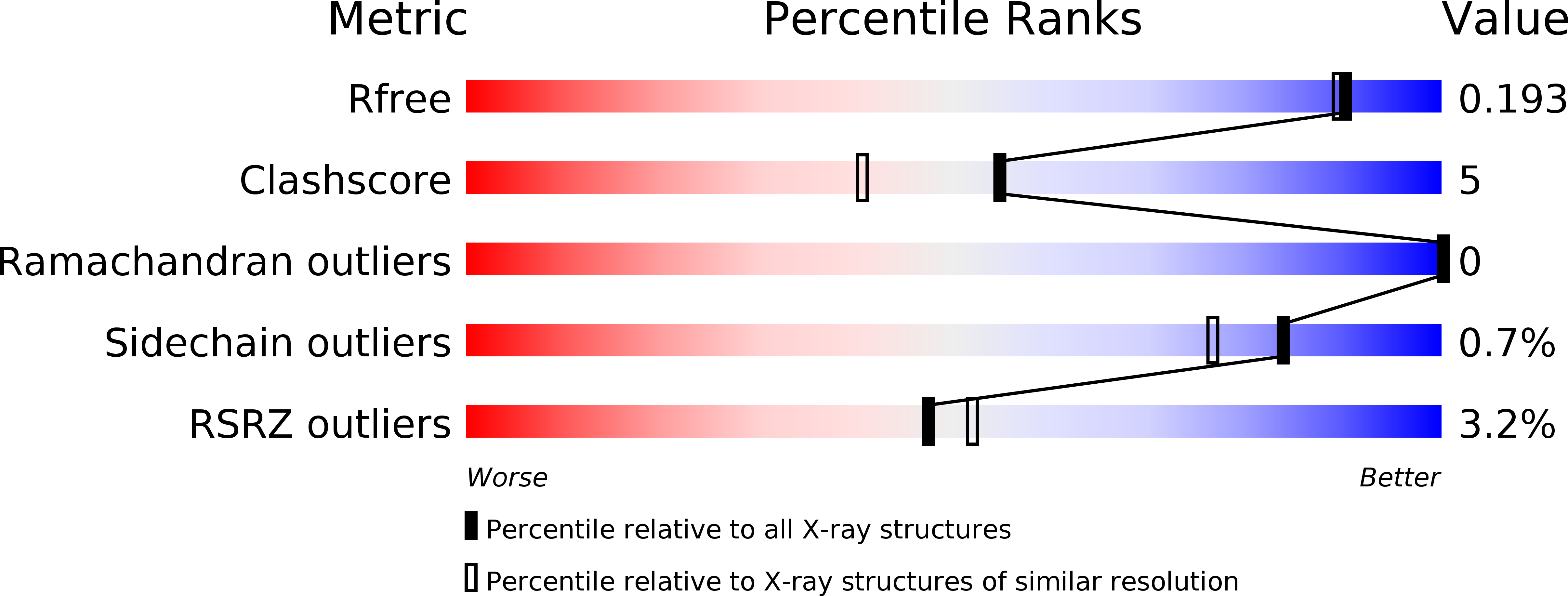
Deposition Date
2008-09-10
Release Date
2008-09-30
Last Version Date
2024-10-16
Method Details:
Experimental Method:
Resolution:
1.72 Å
R-Value Free:
0.24
R-Value Work:
0.20
R-Value Observed:
0.20
Space Group:
C 2 2 21


